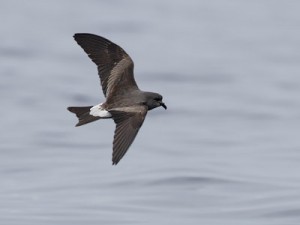
The aftermath of a storm is awful. People are still surveying the wreckage, trying to salvage their flooded homes and waiting for electricity to come back up.
Just outside my apartment in New York City, the gas station has run out of gas as people try to fill up their cars. The subways have yet to come back up completely and people are trying their hardest to get back to their daily lives.
As we try to assess the damage and rebuild, so are the birds. I wrote a few days ago about what happens to birds during a hurricane, but it’s equally important to look at what happens to birds after the hurricane has gone.
It may be harsh to think about, but the time after a hurricane is the prime time for birders to see unique species termed storm birds. Two types of storm birds exist: birds displaced by the storm and birds caught inside the storm. Birds that are displaced by the storm face the loss of their habitat.
According to Bryan Watts, the director of the Center for Conservation Biology who was interviewed by National Geographic, habitats could take a long time to recover, but there are a number of birds that will simply be inconvenienced for a short while. It’ll take some time before the long-term effects of Hurricane Sandy on bird populations become clear.
The second type of storm birds are those caught inside the eye of a hurricane. These are usually seabirds that were pushed hundreds of miles away from their regular habitat by hurricane-force winds. Birds you rarely see in the United States have now found themselves plopped in the East Coast.
For example, a tropicbird, a Leach’s Storm Petrel and other seabirds have been spotted in New York City and the Northeast. It’s impossible to predict what will happen to these birds, but some will not make it back to their regular habitat.
If you’re interested in learning more about what birds have been seen or what strategies you can use to find some of these birds, eBird has released a great resource and the make pumpkin butter an in depth piece about storm birds.



1 Comment
Is there anything that can be done to help these birds whether local or displaced?